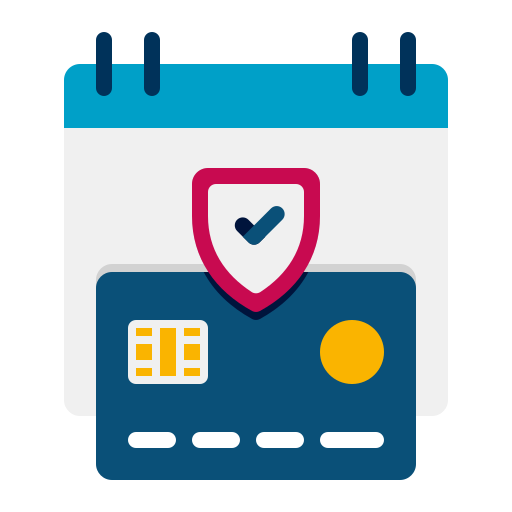Credit cards are one of the best financial tools available at our disposal but when used recklessly, they are a one-way ticket to a debt trap for its card holders. Credit card debt can pile up because of a number of reasons. There are a lot of ways to get rid of credit card debt. Pick a strategy for yourself and stick with it as long as your balances are not fully paid off.
Here are 5 useful tips that will help smart credit card holders to live a debt-free life…
[toc]
This is something which people forget to consider. When you have debts on more than one card, most people would consider paying the one which has a shorter due date first. Clearly, this is the wrong tactic. Clear off debts on the card that charges a high-interest rate first. This can help you reduce your total interest paid since unpaid dues with higher interest rates accumulate interest faster. Pay off the balance with the highest interests first. Smart Card holder should increase your payment on the credit card with the highest annual percentage rate while continuing to make the minimum payment on the rest of your credit cards.
-
Pay more than the minimum balance due
To make a significant reduction in your debt, you have to pay more than the minimum balance on your credit card statements every month. Paying the minimum balance which is usually 2% to 3% of the outstanding balance, only prolongs a debt payoff strategy. Strengthen your commitment to pay everything off by making weekly payments and not monthly. Paying just the minimum amount is a practice that many cardholders follow. The mounting debts because of this can cause many borrowers to get locked in unending debt spirals. Remember that credit cards come with very high interest rates and, so, paying only the minimum amount will increase your outstanding amount significantly at an exponential rate.
-
Take advantage of balance transfers
If you’re already caught up in a bad debt cycle, your best option is that of balance transfer or transferring your dues from one card to another. If you’ve got a high-interest card with a balance that you are confident you can pay off in a few months, we recommend that you move the debt to a card that offers a zero-interest balance transfer. You’ll need to pay off the debt before the balance transfer expires, or you’re often hit with a much higher interest rate. If you do it carefully, you can save up to hundreds of dollars on interest through this method. A balance transfer allows you to shift your balance from one card to another or from multiple cards to one card which gives you temporary relief from debts.
-
Formulate a budget for yourself
The first step towards solving your debt problem is establishing a budget. If you do not scale back your spending, you’ll dig yourself into a deeper hole. There are many tips for paying off your credit card debt, but if you do not focus on the main problem of spending more than you make, it’s easy to stay in the same cycle. By creating a budget that accounts for your expenses and your income, you’ll be able to curb extra spending and find more money to clear your credit card debt. Whether you use an app or a sheet of paper is a matter of personal preference. As long as it works for you and complements your lifestyle, any realistic budget can serve as a good budget.
-
Consolidate your credit card debt
You can consolidate your credit card debt with a credit card consolidation loan, which is also known as a personal loan. It can help you consolidate your existing credit card debt into an unsecured personal loan that is typically repayable in 3-5 years. If you can obtain a lower interest rate than that on your current credit card and repay your credit card debt in this time frame, a personal loan is a great strategy to save interest costs. You can even automate payments so that you do not have to worry about paying late.


